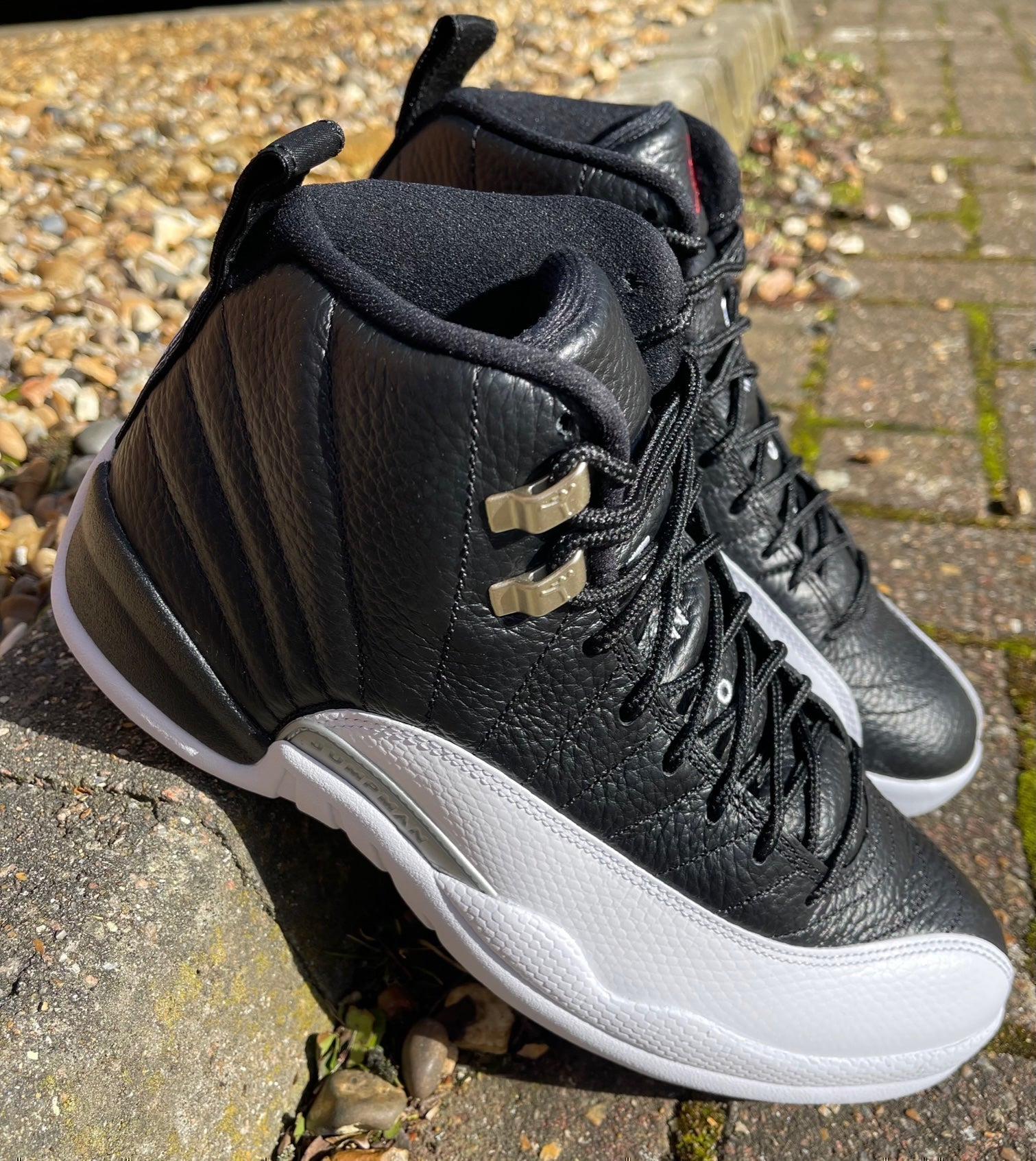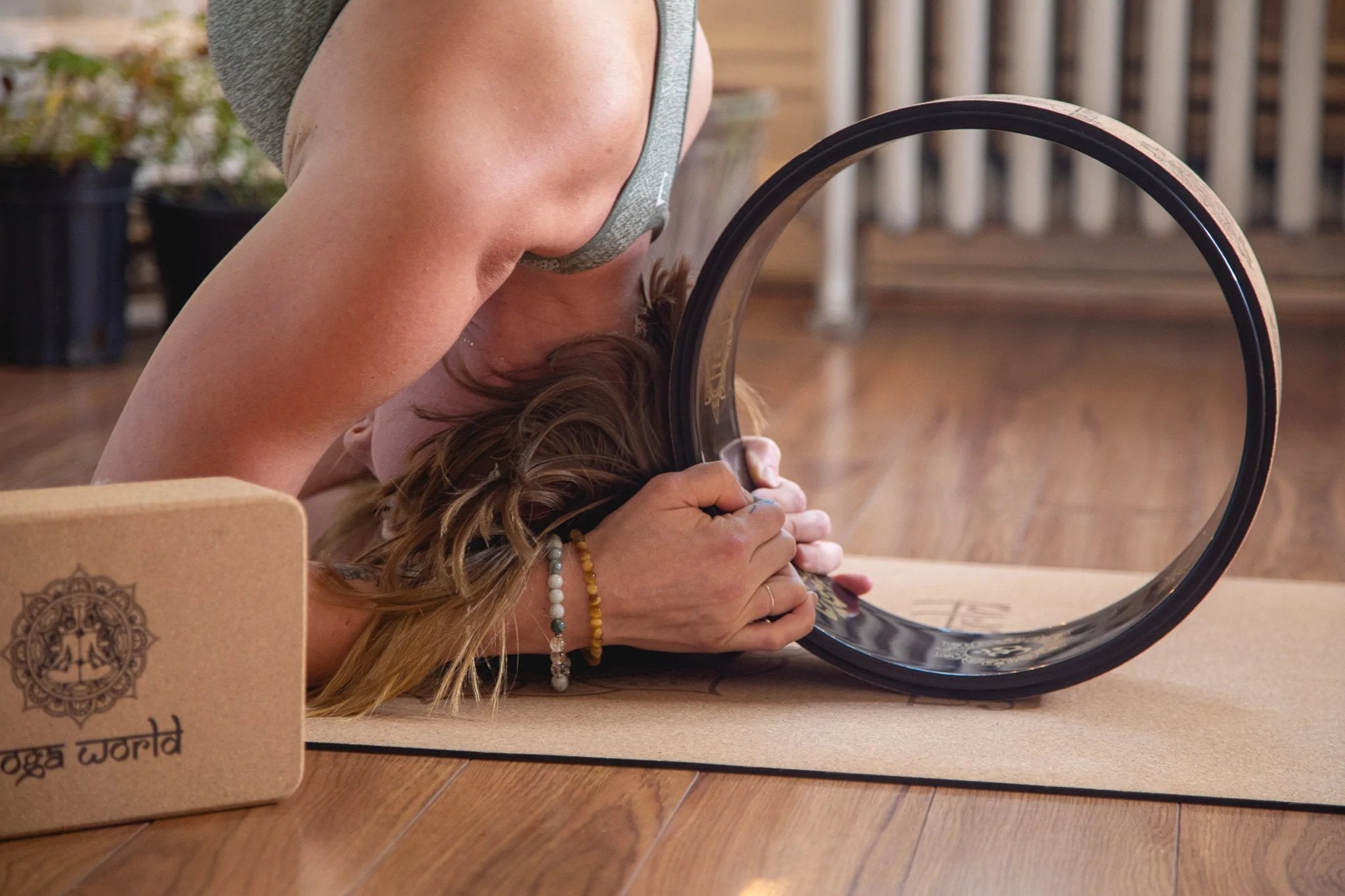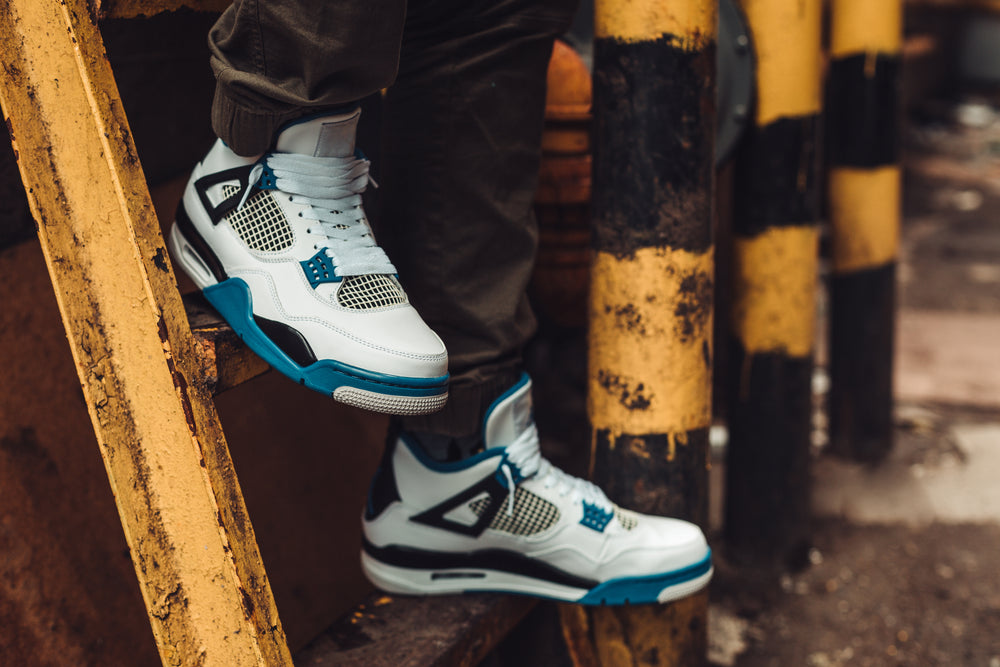Now it is summer, there will be plenty of opportunities to head to the beach, especially if you live near the coach or plan a holiday to the seaside, whether in Britain or overseas.
Some may see such a trip as a time to get out the bucket and spade, sunbathe with a book or splash around in the sea. But it can also be a good place to go running.
Because sand is soft and yielding compared with concrete or even some grass surfaces in hot spells, which means there is much less impact on your feet, knees, tendons and muscles. This can be highly beneficial if you are prone to injury or recovering from one.
It can also be great for losing weight, especially when you run in drier, softer sand further from the shoreline, as you use up more energy running on it. This is because you can’t bounce off the surface when you are sinking into it, so more energy needs to be used to propel yourself, burning off calories and building up muscle.
At the same time, it is important to note there are different conditions on a beach, with the wetter sand by the shore being much firmer and providing an intermediate surface to run on.
Also, you should be aware of a few potential dangers, which is why barefoot running can be hazardous. Three can be litter and washed-up debris, sharp natural objects like clam shells and barnacles, as well as the remnants of concrete or wooden structures like jetties to look out for.
As ever when it is sunny, it is also wise to wear shades and you should put sun cream on, especially if you have fair skin.
Finally, if you are running on UK beaches, there are a few with specific hazards, such as quicksand (Morecambe Bay is a good example) or where the Ministry of Defence has firing rights (like Eskmeals in Cumbria), so be very careful not to stray into the wrong areas, or your running performance may suddenly be the last thing on your mind.
Check out our Nike Tuned 1 Trainers














Leave a comment